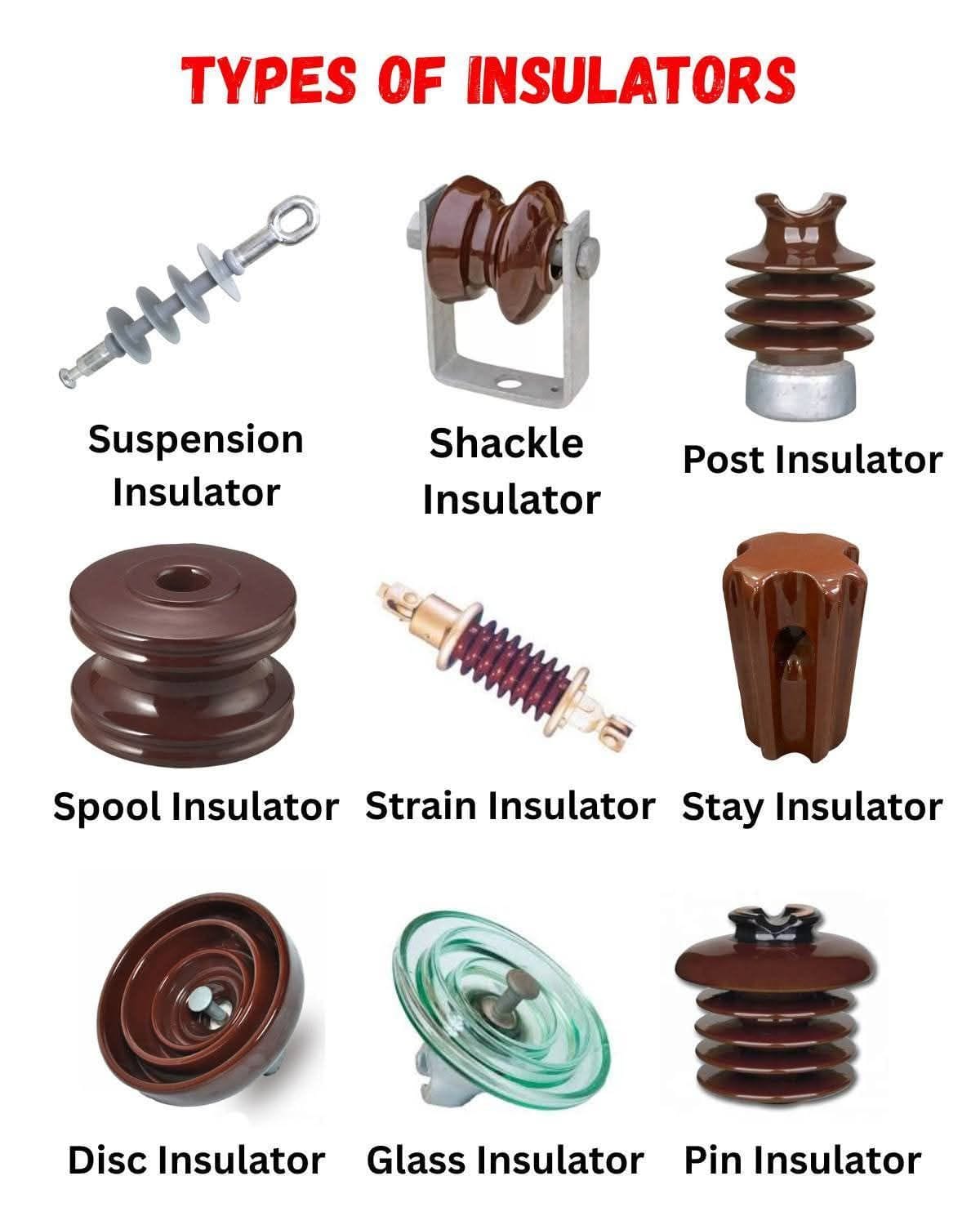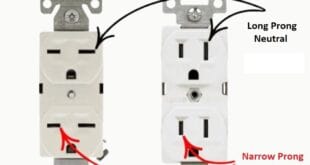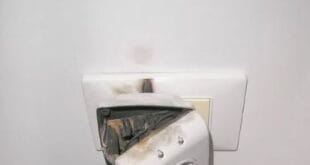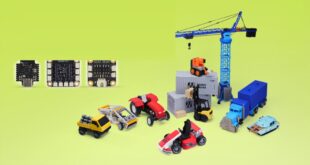Types of Insulators in Electrical Systems
Insulators are vital components in electrical systems, playing a crucial role in preventing the unwanted flow of current and ensuring safety, reliability, and efficiency. Their primary function is to support and separate electrical conductors without allowing current to pass through themselves. Insulators are made of non-conductive materials like porcelain, glass, polymer, or plastic, and they are designed to withstand environmental stresses, electrical loads, and mechanical forces.
Insulators are widely used in overhead power lines, substations, distribution systems, and electrical equipment, and they come in various shapes and designs based on their specific applications. Below, we explore the major types of insulators, their structures, applications, and unique characteristics.

1. Suspension Insulator
Description:
Suspension insulators are typically used in high-voltage overhead transmission lines. They consist of disc-shaped porcelain or glass units connected in series to form a string. Each unit is designed to withstand a specific voltage level, so more discs are added for higher voltages.
Key Features:
Modular and scalable design
Each unit can be individually replaced
Excellent mechanical strength
Effective for voltages above 33 kV
Applications:
Transmission towers
Long-span line crossings
High-voltage switching stations
2. Shackle Insulator
Description:
Shackle insulators are compact, circular or cylindrical insulators used in low-voltage distribution lines. These can be mounted either horizontally or vertically, and are often seen in rural or urban electrical poles.
Key Features:
Small and durable
Easy to install
Suitable for up to 33 kV
Applications:
Distribution lines in residential areas
Low-voltage power lines
3. Post Insulator
Description:
Post insulators are rigid and sturdy, used primarily to support conductors on substations and switchgear. Unlike suspension insulators, they stand vertically and can support heavy loads.
Key Features:
Available in single or multiple units
High mechanical strength
Ideal for both indoor and outdoor use
Applications:
Bus bars in substations
Transformer yards
Disconnect switches
4. Spool Insulator
Description:
Spool insulators are small cylindrical insulators used for secondary distribution lines, especially where space is limited. They resemble thread spools and are mounted with bolts.
Key Features:
Suitable for low-voltage applications
Compact and reliable
Easy to replace
Applications:
Low-voltage distribution systems
Service drops to buildings
5. Strain Insulator
Description:
Strain insulators are designed to withstand mechanical tension in electrical lines, especially at points where the line changes direction or ends. These insulators prevent the conductor from snapping under stress.
Key Features:
High tensile strength
Usually installed in pairs for balance
Often made of porcelain or composite materials
Applications:
Dead-end poles
Angled line poles
River or valley crossings
6. Stay Insulator
Description:
Stay insulators are used in guy wires or stay wires, which provide structural support to poles. These insulators prevent leakage current through the guy wire into the ground.
Key Features:
Typically egg-shaped for strength and tension
Withstands environmental exposure
Ensures safe grounding
Applications:
Guyed poles and towers
Telephone and power lines
7. Disc Insulator
Description:
Disc insulators are similar to suspension insulators in structure but are often used individually or in a string format for higher voltages. They are made from glass or porcelain and have a disc shape to increase leakage distance.
Key Features:
High voltage endurance
Efficient in polluted environments
Can be stacked for desired insulation
Applications:
Overhead high-voltage lines
High pollution zones
8. Glass Insulator
Description:
Glass insulators are transparent and made of toughened glass. They offer better visibility for cracks or damage and are often used in transmission lines.
Key Features:
Self-cleaning due to smooth surface
Shatters safely under pressure
Long-lasting performance
Applications:
High-voltage transmission systems
Areas with heavy dust or pollution
9. Pin Insulator
Description:
Pin insulators are the oldest type of insulators still in use, particularly in distribution networks. These insulators are mounted on a pin on the cross-arm of the pole and support the conductor above the pole.
Key Features:
Simple design
Available for various voltage ratings (up to 33 kV)
Reliable in dry and lightly polluted areas
Applications:
Overhead distribution lines
Telephone lines
Low-voltage applications
Conclusion
Insulators are fundamental components in ensuring the safety and efficiency of electrical transmission and distribution. Each type of insulator is tailored for a specific use case, depending on voltage level, mechanical stress, environmental conditions, and installation type.
Understanding the different types of insulators—from suspension and strain to pin and post—helps engineers and electricians select the most appropriate one for their project. The proper selection and maintenance of insulators not only ensure operational integrity but also significantly reduce risks of power outages, line failures, and accidents.
 Electrical Engineering World Wiring a Brighter Tomorrow!
Electrical Engineering World Wiring a Brighter Tomorrow!


